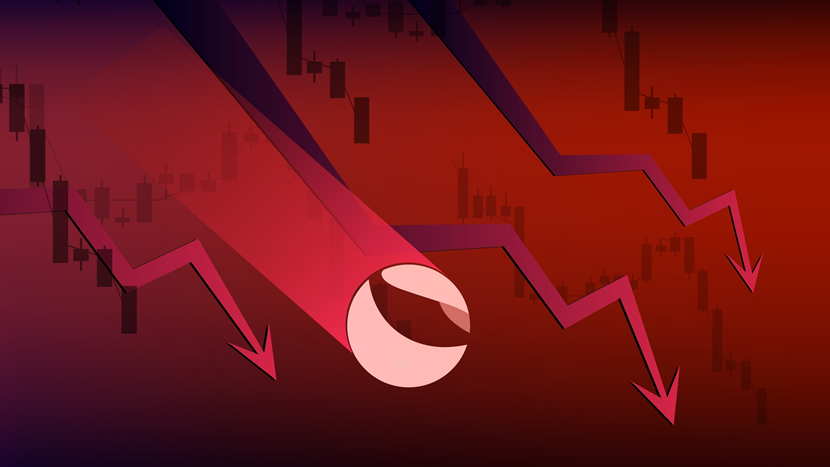Can Stablecoins be Stable?
May. 16, 2022
Working paper by Adrien d’Avernas, Vincent Maurin and Quentin Vandeweyer May 14, 2022.

Many financial markets have fallen sharply in recent weeks. The collapse in cryptocurrencies has been even more dramatic. The fall was particularly sharp for stablecoins, crypto currencies designed to be pegged to the value of traditional currencies, often the U.S. dollar. One of the largest stablecoins, Terra, collapsed and lost all of its value.
In this paper, the authors study algorithmic stablecoins and provide a dynamic model that might help understand what’s going on with Terra.
What’s an algorithmic stablecoin?
Fundamentally the idea is simple: you maintain a peg by dynamically adjusting stablecoin supply to match the demand so that the price doesn’t change.
How is that possible? Creating more stablecoins to accommodate a positive demand shock is easy: you launch the printing press. The problem comes from removing stablecoins in buy-back operations because you need to give something in exchange.
Algorithmic platforms solve that problem by buying stablecoins today and selling claims to future stablecoin distribution called a “governance token.” This is the Luna token for Terra and equity shares in the real world. In other words, to reduce the supply of stablecoins, you have to dilute your shareholders.
Pure algorithmic stablecoin will always have a zero-value equilibrium no matter what you do. The price of stablecoins depends on their user value and the ability of the platform to keep the peg, which itself depends on the price of stablecoins. Hence there always exists a fixed point with no stablecoin value.
This zero-value equilibrium is complemented by another one in which the platform maintains the peg and has a positive value, provided that the platform keeps growing and is able to commit to dynamic supply adjustments.
What’s the catch, and what happened to Terra?
First, this second equilibrium only exists when the demand for stablecoins keeps growing. You need to be able to create future coins to justify governance token valuation. That’s the Ponzi element that many are talking about.
Second, although this second stable-peg equilibrium is able to accommodate small demand shocks, it is vulnerable to large negative shocks. This arises when the shock is so large that the system has to remove more reserves than what all governance tokens are worth.
This could, for instance, be generated by a speculative attack on the platform driven by speculators shorting the stablecoin and betting on the platform breaking the buck.
This is likely what happened to Terra between May 9 and 11, as Luna's price fell from $89 per coin to less than a dollar, and today virtually zero. The platform became effectively bankrupt.
What happens then? The platform is unable to make necessary supply reductions as it has nothing to sell to buy back stablecoins. The price of the governance token is zero because buying at a positive value results in the platform expropriating you to reduce stablecoin supply.
Stablecoin price fluctuates between zero and one as investors are betting for demand to resume to a point where buying back stablecoins and restoring the peg becomes profitable. The alternative is that it gets absorbed by the zero-value equilibrium.
